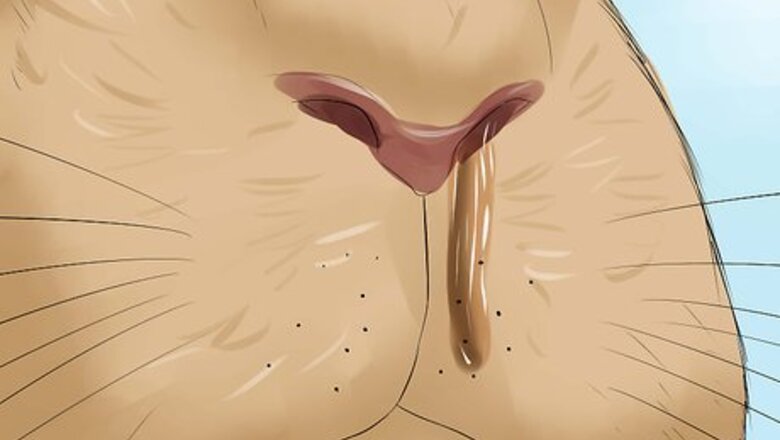
views
Identifying the Signs of a Respiratory Problem
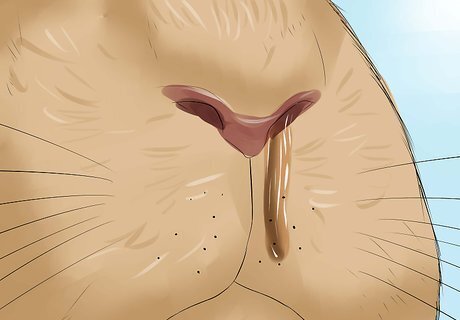
Look for nasal discharge. The most common respiratory problem is 'snuffles,' a disease that causes upper respiratory tract infections with a nasal discharge. The classic pasteurella infection discharge is a thick, creamy white discharge from the nostrils. However the discharge can be anything from watery to white to yellow. Pasteurella is so commonly a cause of ill health because many rabbits have it in their respiratory tract as a normal inhabitant. It only makes the rabbit sick when it's immune system is suppressed, such as when the rabbit is stressed, exposed to poor husbandry, or is treated with drugs which weaken the immune system, such as steroids.

Pay attention to congested noises when breathing. This is due to mucous in the nasal passageways. It is often accompanied by a discharge, sneezing, and sometimes coughing.
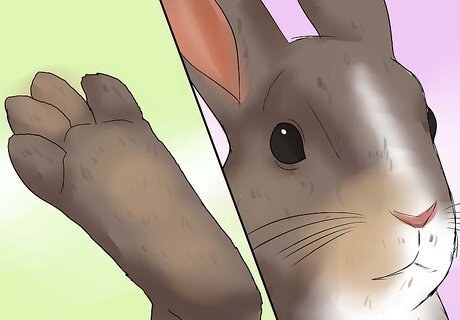
Look for a dirty face and paws. When the rabbit tries to clean the nose, so they can breath more freely, it smear the discharge over their fur. This leads to a dirty face and paws. A sick rabbit may also neglect its general grooming regime. Be suspicious that your rabbit is sick if your rabbit's coat is looking dull and unkempt.
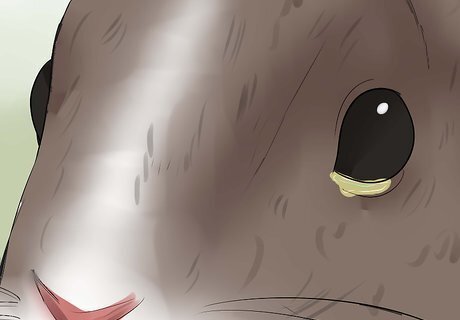
Inspect the rabbit's eyes. The infection can also impact the rabbit's eyes. This means that the rabbit may have a discharge from the eyes. The classic pasteurella discharge is a thick and white.
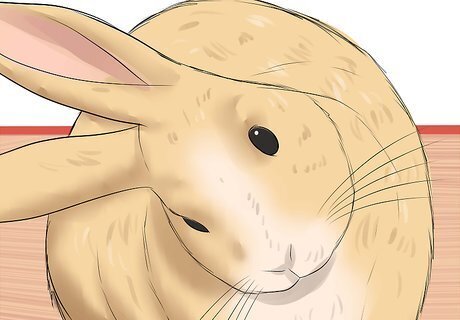
Be on the look out for unusual head tilting. In some cases, the bacteria travels from the throat up into the ear and causes an ear infection. This affects the rabbit's balance and they develop a head tilt.
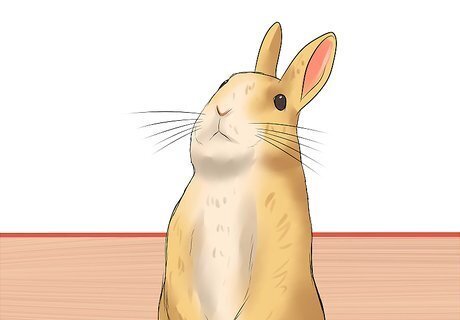
Look for a change in posture. If the rabbit is having a lot of breathing difficulty, it may adopt a posture with an exaggerated straight neck and head. This allows the rabbit to straighten the respiratory passages in an effort to get more air in.
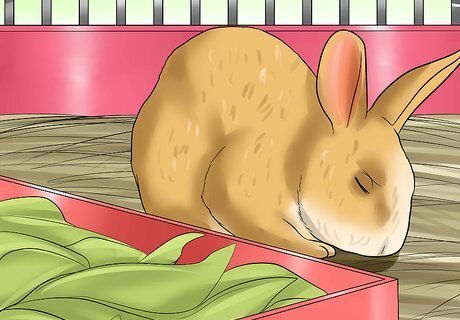
Pay attention to a change in appetite. Sick rabbits don't eat and this is a serious problem in itself. If your rabbit doesn't eat, take it to see a vet as soon as possible. A rabbit's digestive system can shut down completely and this can put its life at risk very quickly.
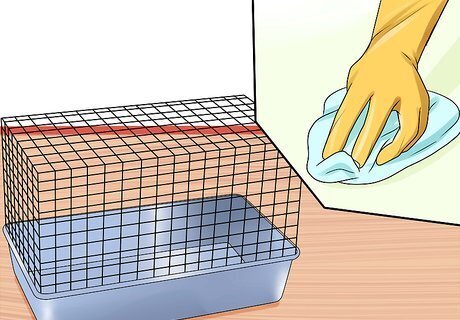
Make sure your rabbit's cage is clean. Husbandry can play a part, because a rabbit in a hutch that is not cleaned out regularly is exposed to high levels of ammonia, which when breathed in weakens the immunity of the respiratory tract and leaves it open to infection. Likewise, inhaling cigarette smoke is damaging to the delicate lining of the lungs, leading to airway irritation and inflammation.
Getting a Veterinary Diagnosis
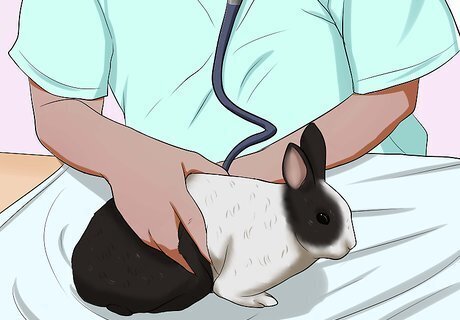
Take your rabbit to the veterinarian. The vet will examine the rabbit and listen to its chest with a stethoscope. He or she will also check the heart for a murmur (since heart problems can lead to fluid build up in the lungs) and listen for crackles and wheezes in the lungs, which could indicate infection or pneumonia. The vet may also listen at the rabbit's windpipe to see if the noise is louder from the head end or the chest. This helps the vet decide if this is an upper or a lower respiratory tract problem. The lower is the lungs, and respiratory problems affecting the lungs might include infections, pneumonia, heart disease, cancer, or smoke inhalation. The rest of the tract above the lungs is considered 'upper' and consists of the windpipe, larynx and nasal cavities. Problems here include inhaled foreign bodies (such as straw), sinusitis, tooth root abscesses, and infection with a variety of bacteria or viruses.
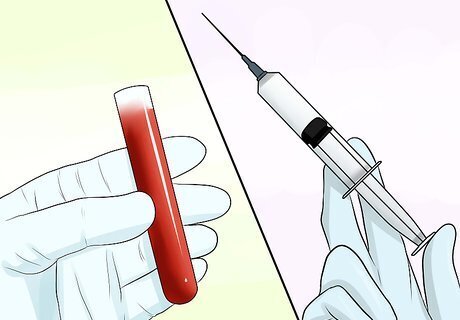
Discuss additional testing with your veterinarian. This will cost you more but will allow your veterinarian to get a specific diagnosis. This may, or may not, be necessary, depending on what type of treatment the veterinarian suggests. If the problem is in the lungs, the vet may gently place the rabbit on an x-ray plate and take a chest x-ray. The picture of the lungs can indicate the nature of the problem, such as inflammation in the lungs, fluid build up, tumors, or infection. If the problem is in the upper respiratory tract, the vet may swab the nose. This is to get a sample of the discharge to send to the lab for culture and sensitivity. This grows the bugs present and helps the veterinarian select which antibiotic to use to kill the infection. In complex cases, the vet may x-ray the rabbit's skull, to look for complicating factors, such as tooth roots that are growing up into the nasal cavity or infection in the inner ear.
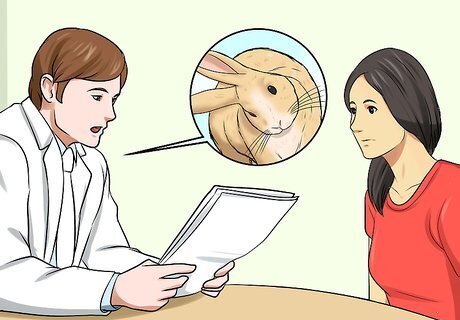
Follow your veterinarian's suggestions for treatment. Treatment usually involves antibiotics. However, this can be problematic because the bacteria in the rabbit's gut can easily be damaged by antibiotics. With this in mind, be sure to give your rabbit plenty of fresh hay and water while it is on the medication and take it back to the vet at the first sign of the digestive system having problems. There is now a school of thought that pasteurellosis is over diagnosed and that other bacteria may also cause infections. This difference could be important if the bug is not sensitive to the antibiotic used to treat presumed pasteurellosis.


















Comments
0 comment